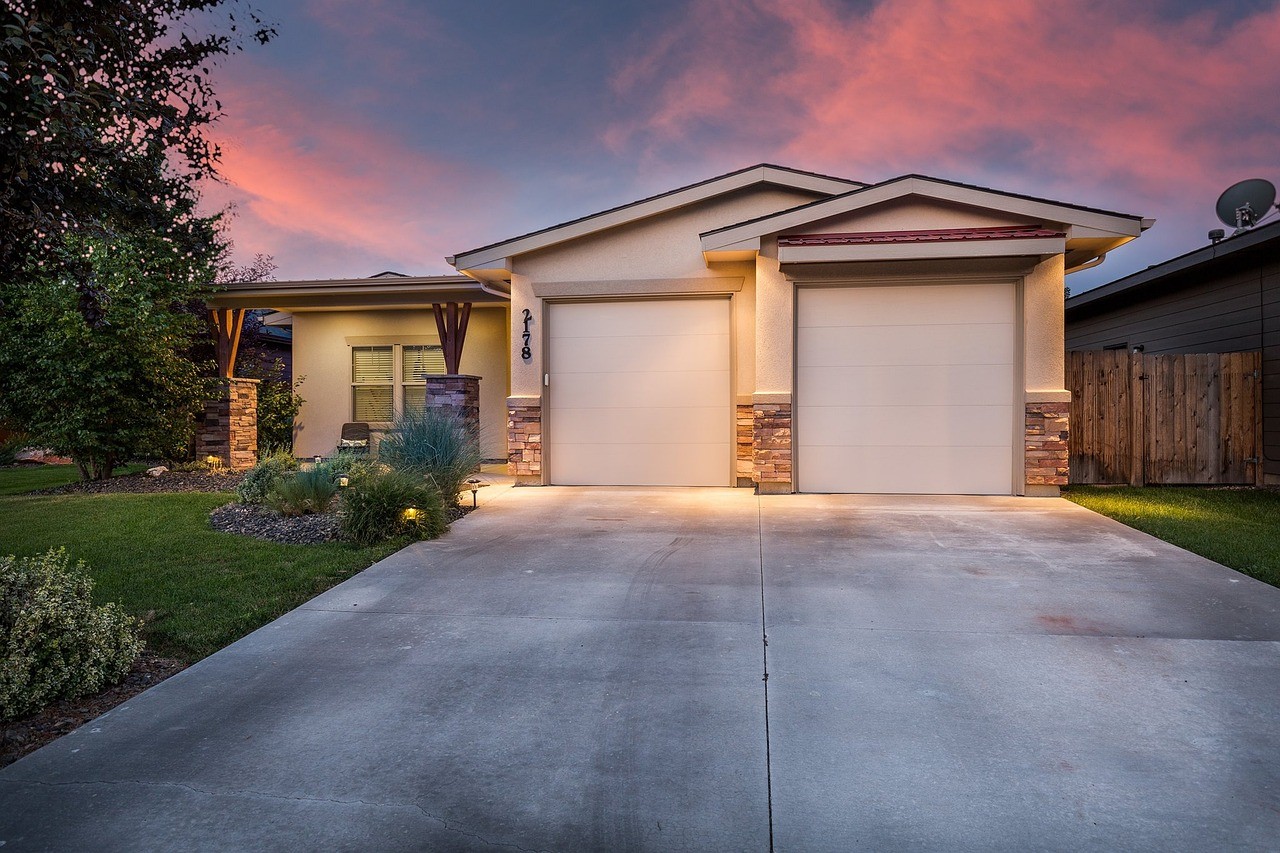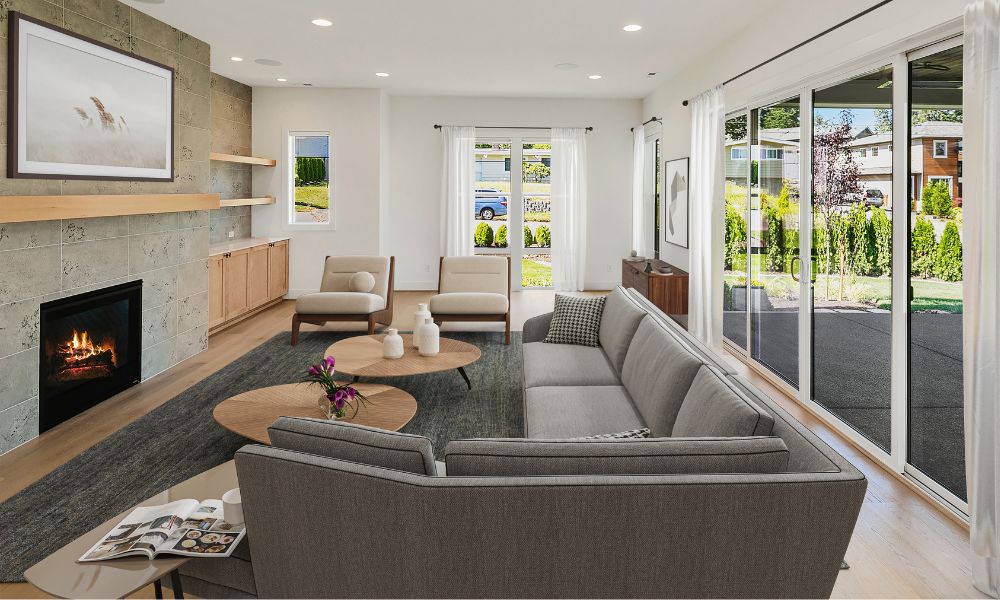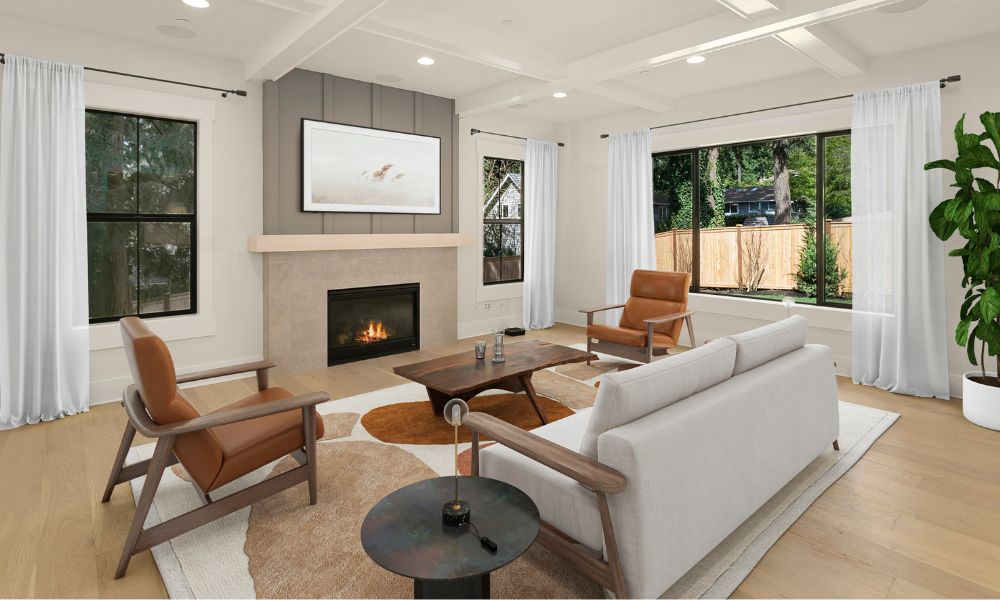Photography is a multifaceted discipline, and several industries have their own sets of standards and practices. Therefore, if you’re a photographer trying out real estate for the first time, you might want to consider outsourcing the post-processing to professional real estate editing companies like Phixer.
You might be wondering what outsourcing is and why you should outsource your listing images to a real estate photo editor. Here is the definition of outsourcing and several reasons why you should outsource your real estate post-production:
What is Outsourcing?
Outsourcing is the practice of hiring or contracting an external party to administer business services, processes, or produce goods. Most companies outsource their staffing, customer support, manufacturing, retail, and other business functions. This practice is necessary for businesses, especially those with various project-based or ad hoc service requirements.
Why Should Photographers Outsource Real Estate Editing?
People often have the misconception that outsourcing automatically means offshoring. That’s not necessarily the case, especially when specialist companies are concerned. Outsourcing involves a broad scope of remote workers dedicated to assisting your business needs.
Here are some advantages of outsourcing real estate photo editing:
1. Mastery and Quality Control
The most apparent reason you should outsource to a real estate photo editor is the industry-grade editing style. Professionals who specialize in a specific industry have more knowledge than generalists. For example, a real estate photographer would know more about property photos than a wedding or events photographer.
There are editing services that are distinct to real estate, primarily due to the nature of the business. You can benefit from their years of experience as information and processes constantly evolve within the real estate industry. Some of the real estate-specific editing services include:
- Virtual staging
- Commercial real estate videos
- Decluttering or unwanted objects removal
- Twilight or dusk edits
- Indoor/outdoor properties
While most real estate photographers can handle some of the necessary edits, a busy photographer may miss a few features. The reputation of the company or freelancer is essential in a specific sector; therefore, you can guarantee that each output has gone through extensive quality control.
2. Equipment
Like photographers, post-production teams also have special tools and software to process photos for real estate listings. Some of the equipment may be too expensive, especially for occasional use. As an alternative, you can hire a person or company that already has access.
3. Speed
A photographer is often busy between shoots, post-production, and project coordination. Outsourcing your real estate photo editing allows you to save time on one process and concentrate on other areas of your business.
Most companies offer a 24-hour guarantee, which automatically cuts your turnaround time by at least a day. Phixer allows you to upload and outsource images with a faster turnaround time.
4. Holistic Profits
Profit is arguably the most critical reason for outsourcing your editing needs. The great thing about outsourcing is that you can profit in both financial and time aspects. When we measure the resources needed for business, we often disregard time, which is more important than money.
You get things done quicker when you commission your editing tasks to third-party companies, and this speed will enable you to accommodate more clients and clear your calendar faster. Aside from that, you can add profit on top of your photography talent fees.
Final Thoughts
Niche professions like real estate editing are easy to execute with enough time and experience. More often than not, it’s better to outsource your post-processes to experts, especially if you’re new to the industry or have limited resources like time and energy.
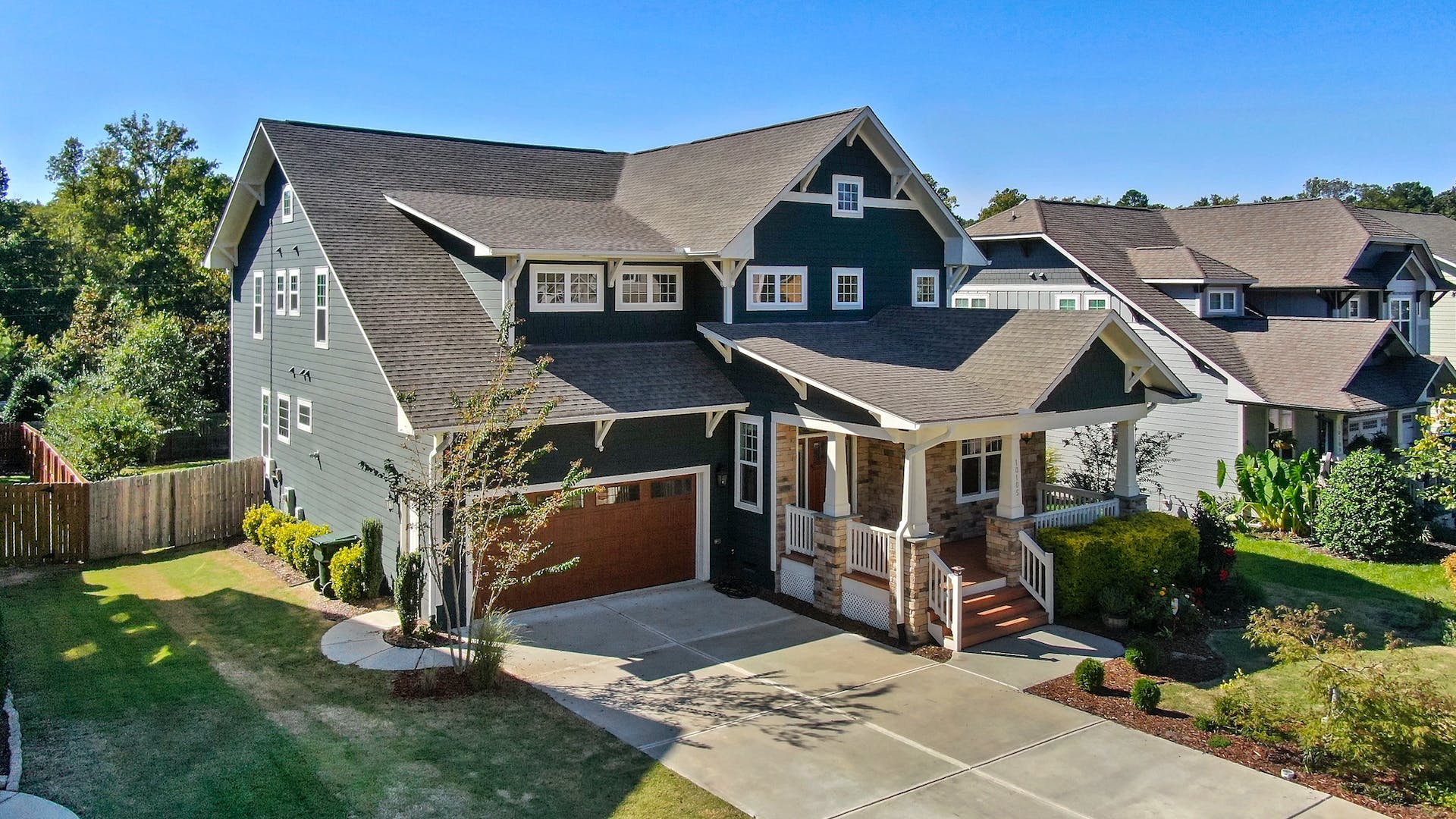
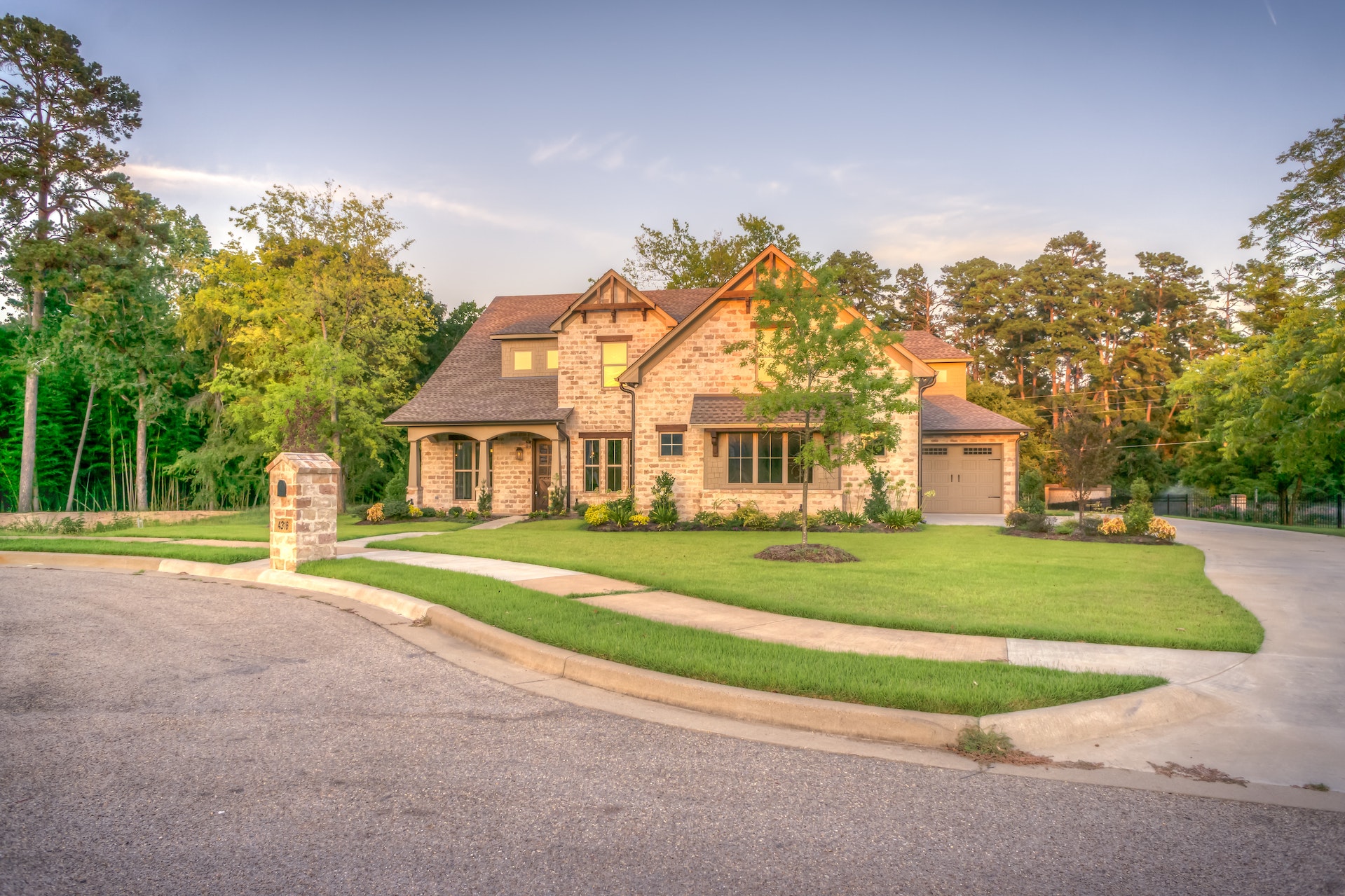
![How to Sell Your House: Steps and Tips [Infographic]](https://blog.phixer.net/wp-content/uploads/2023/08/new-home-g5cdae2067_1280.jpg)

